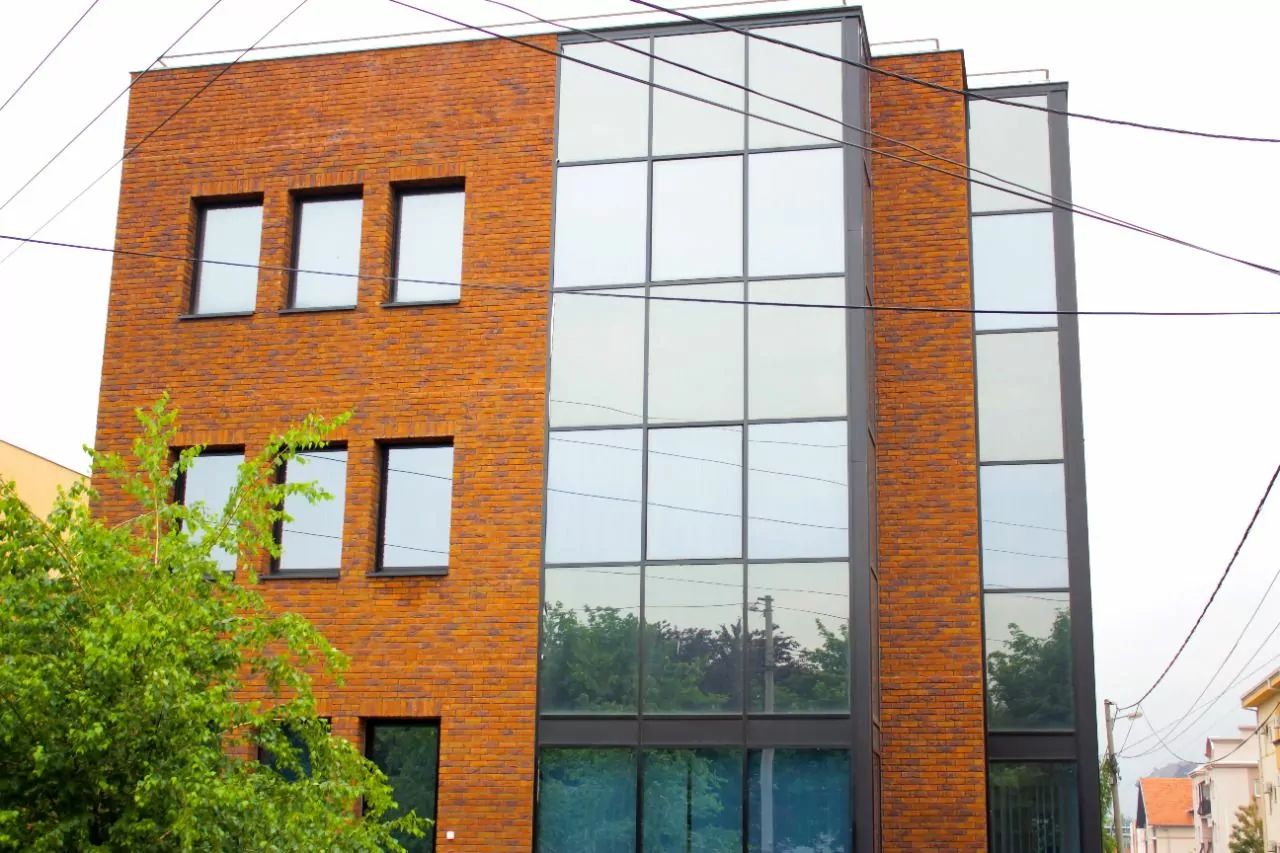Amyotrophic Lateral Sclerosis: Symptoms, Diagnostic and Treatment
Amyotrophic lateral sclerosis is a progressive pathology of the nervous system that damages nerve cells in the brain and spinal cord and causes loss of muscle control. Sometimes it’s hereditary.
Lateral amyotrophic sclerosis types
Making the correct ALS diagnosis is difficult, as the symptoms manifest themselves in different ways. There are the following groups of pathology:
- ordinary – progressive neurological defect when the upper and lower motor neurons are damaged;
- progressive type destroying upper motor neurons;
- paralysis – it becomes challenging to talk, chew and swallow because of motor neuron deterioration;
- complete muscle atrophy;
- amyotrophic lateral sclerosis hereditary state – pathology harms several family members at once.
Amyotrophic lateral sclerosis causes
In 90%, specialists can’t determine genetics of amyotrophic lateral sclerosis, particularly in absence of distinct genetic history. Gene modifications for superoxide dismutase or copper zinc superoxide dismutase enzymes occur in 15-20% of generical ALS.
Scientists identified certain things provoking the motor neurons destruction:
- genetic modifications;
- trauma;
- constant stressful environment;
- long-term drug and alcohol abuse, etc.
Amyotrophic lateral sclerosis symptoms
Pathology manifests itself in different ways, but early signs of amyotrophic lateral sclerosis can be distinguished:
- muscle cramps in arms or legs;
- inability to control motor skills;
- debility and feeling tired;
- frequent falls and trips;
- incomprehensible laughter or crying fits;
- poor speech and difficulty controlling the voice volume.
As the pathology progresses, shortness of breath, difficulty swallowing, and paralysis may occur. The symptoms are similar to the signals of other diseases, therefore it is recommended to consult a doctor in time.
Amyotrophic lateral sclerosis diagnosis
In addition to taking an anamnesis and physical examination, specialists prescribe:
- blood and urine tests, and checking thyroid gland functioning;
- muscle and nerve biopsy;
- spinal medulla fluid analysis;
- X-ray;
- MRI – soft structures visualization;
- electrodiagnostic methods.
Amyotrophic lateral sclerosis treatment
There’s no treatment of amyotrophic lateral sclerosis and methodology averting its development along the family line. To date, laboratory research is actively carried out to identify a way to combat pathology.
Known methods for symptoms of amyotrophic lateral sclerosis eliminating and alleviating include the following procedures:
- placing the body in correct position;
- occupational therapy or sports training;
- special supports use helping to walk normally;
- orthoses and splints for fixing legs and arms;
- wheelchairs of individual type;
- home improvement for convenient movement;
- innovative devices helping in communication;
- special devices for more convenient eating and drinking;
- individual diet drawing up;
- devices supporting breathing.
In the medical environment, many clinical trials are being conducted for testing new meds and therapies aimed at treating this ailment.










